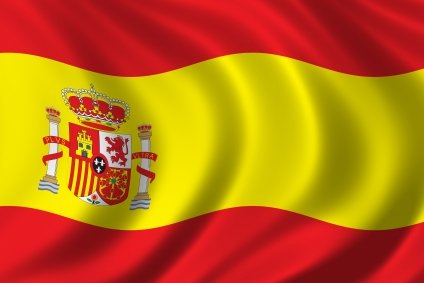¡Hola amigos de Steemit!
Now that we're stuffed full of chocolate con churros (if you haven't yet read my recipe for homemade baked churros, whyever not! You'll find it here), we should have enough energy to take on the next grammar point ...
Plural forms of nouns
Luckily, there aren't too many rules to remember:
- If a noun ends in a vowel, make it plural by adding -s: libro (book) → libros (books), pluma (feather) → plumas (feathers).
- The definite articles (el, la) also change in the plural form: el → los (los libros), la → las (las plumas).
- If a noun ends in a consonant, make it plural by adding -es: el borrador (the rubber) → los borradores (the rubbers), la ciudad (the town) → las ciudades (the towns).
- If a noun ends in -ión, add -es and drop the written accent: el avión (the plane) → los aviones (the planes), la televisión (the television) → las televisiones (the televisions).
- If a noun ends in -z, add -es and change the z to c: el lápiz (the pencil) → los lápices (the pencils), la actriz (the actress) → las actrices (the actresses)
- When the plural refers to two or more nouns of different genders, the masculine plural is used: 2 perros + 6 perras = 8 perros (not perras).
- Some nouns are "compound nouns", meaning they are two words combined to make one (for example: abre + latas = abrelatas/open + cans = can opener). Compound nouns are always masculine, and so their plural form must always be los (el abrelatas → los abrelatas).
And that's all there is to it! Today's blog was short and sweet. Have a good day everyone :)
- The Loopy Linguist
